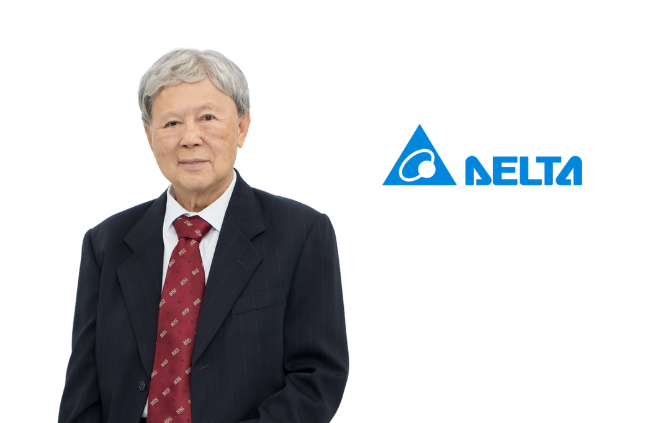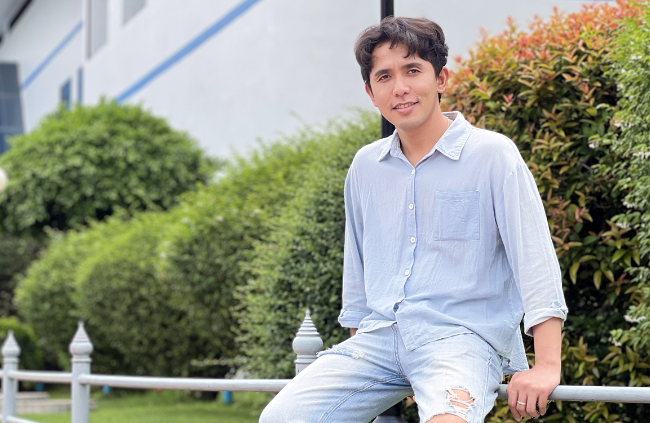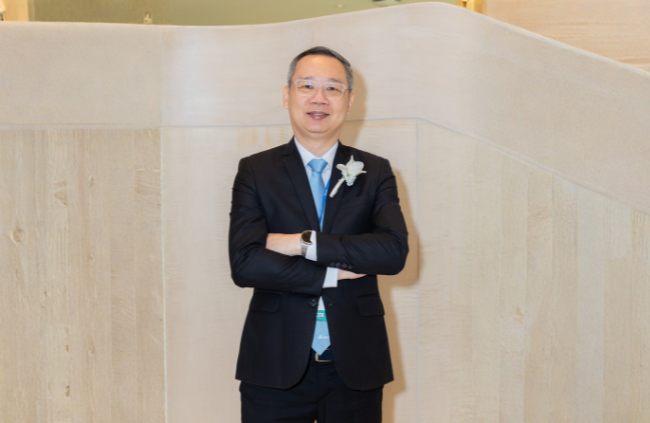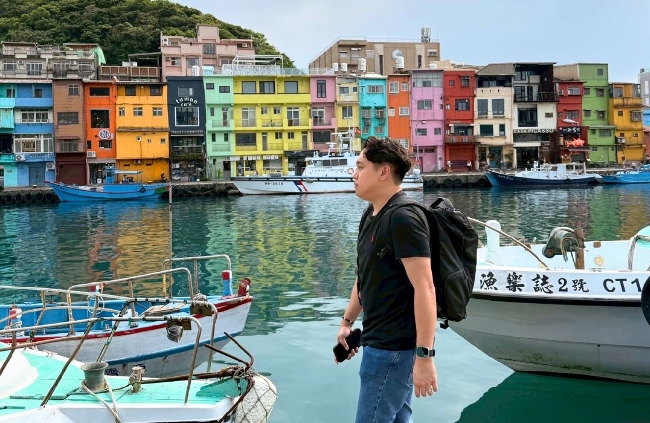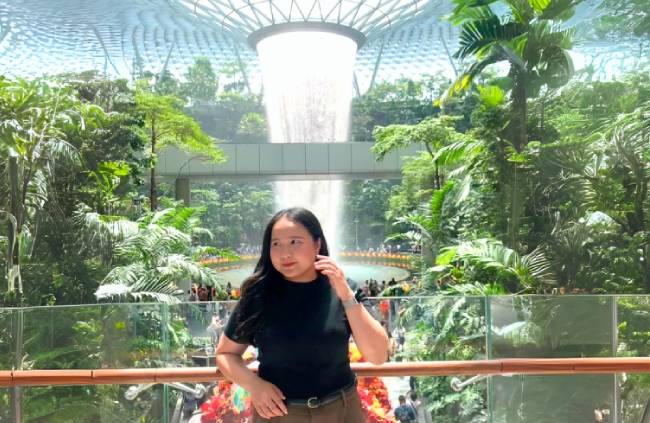Scared Whispers & Springtime Blooms A tale of Two Temples in South Korea
By DET Corp Comms - Published June 16, 2025
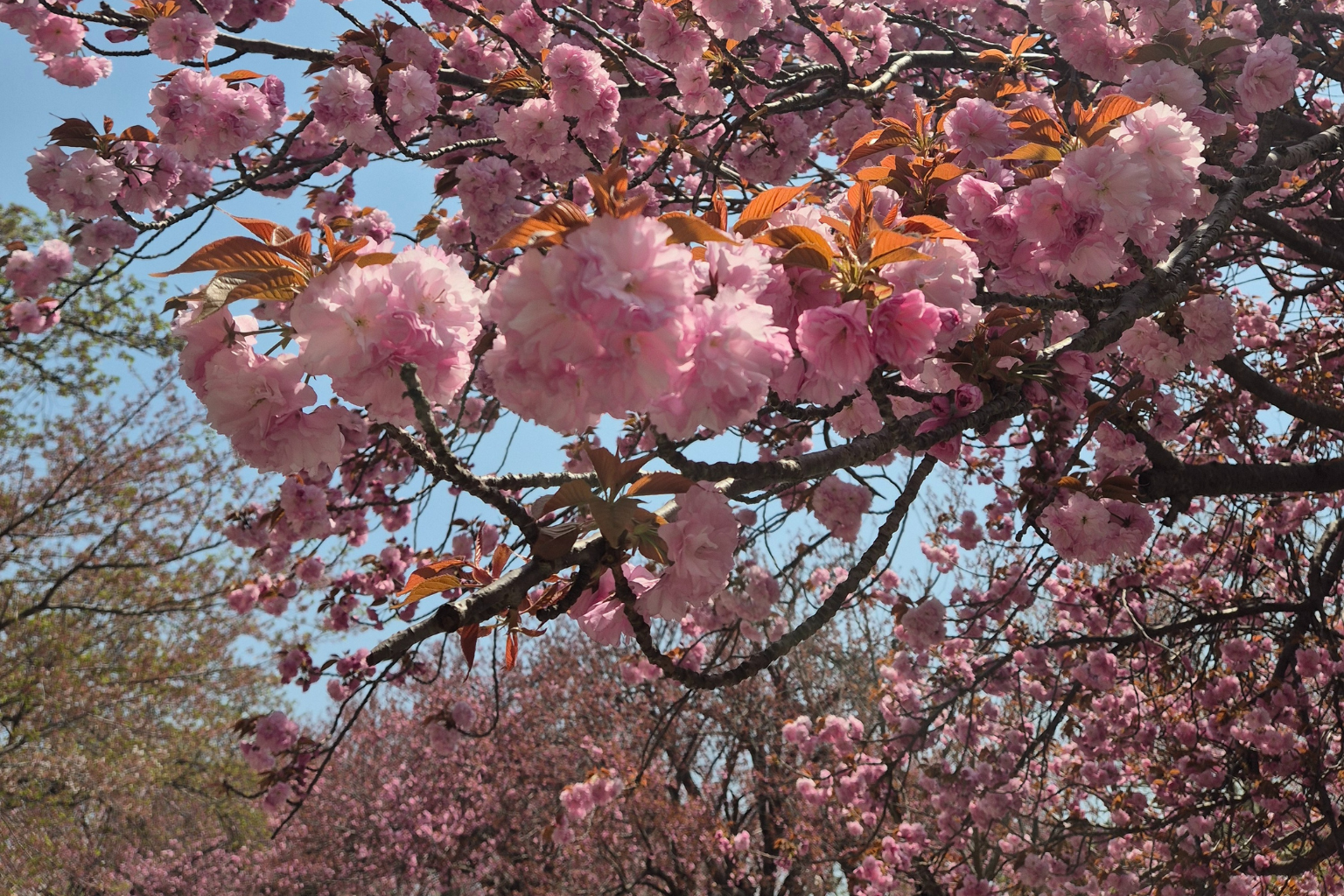
Spring in South Korea is a sensory celebration—petals of cherry blossoms float through the breeze, ancient temples echo with centuries of wisdom, and travelers like myself chase serenity amid the flutter of wishes and the quiet power of mountainside stillness. My recent journey took me from the historical heart of Gyeongju to the rugged tranquility of Busan’s forested hills, visiting two temples that couldn't be more different Bulguksa and Seokbulsa yet equally soul stirring.
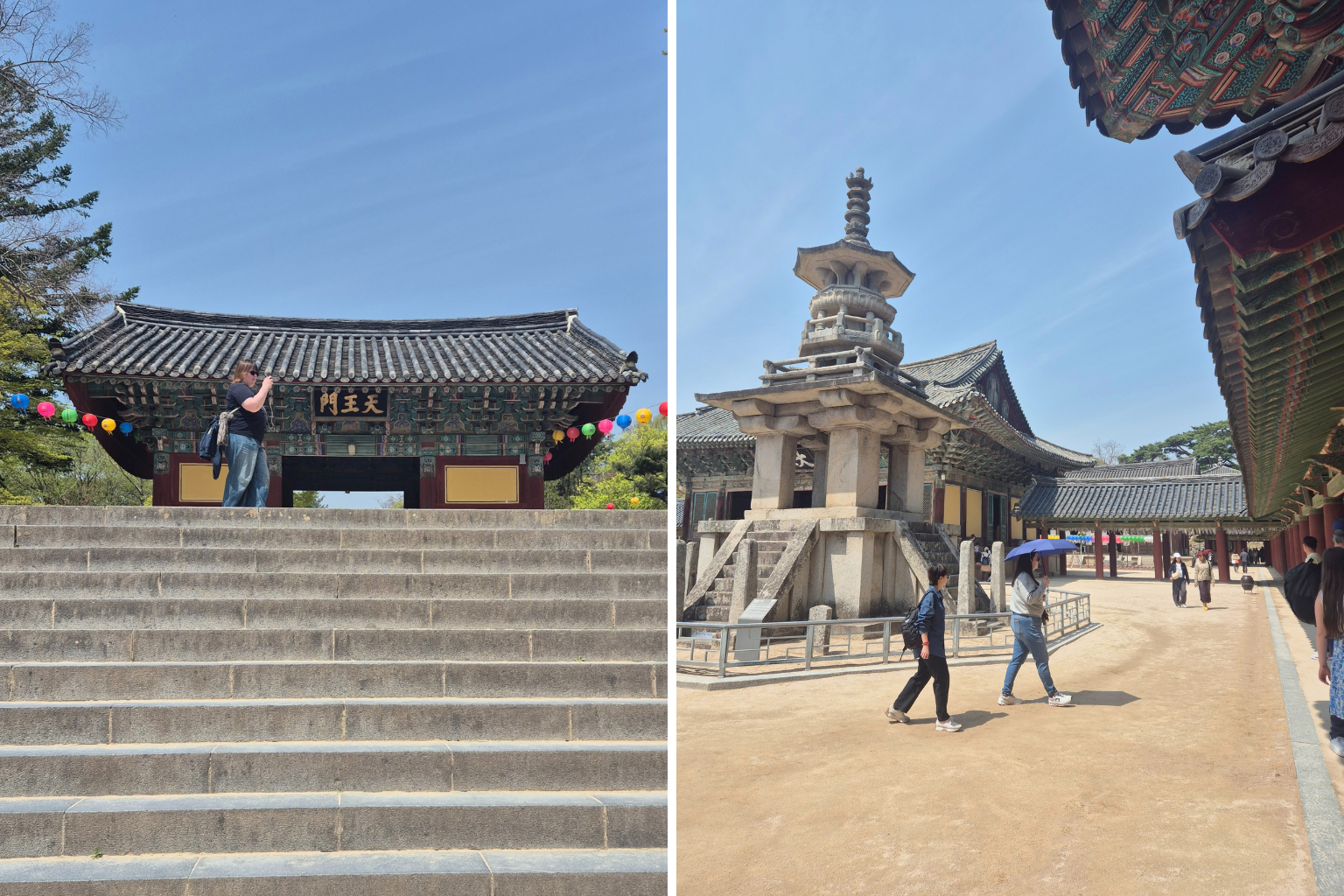
BULGUKSA TEMPLE, GYEONGJU
Cherry Blossoms, Buddha Blessings, and a Lottery Wish
A UNESCO World Heritage site and jewel of Silla Dynasty architecture, Bulguksa Temple in Gyeongju is one of South Korea’s most iconic religious landmarks. Originally built in 528 during the Silla period and later reconstructed in 751 by the chief minister Kim Daeseong, the temple was designed to embody paradise on earth. Walking through its gates under a canopy of lingering cherry blossoms felt like stepping into a watercolor painting where the present fades into the past.
The vibrant temple grounds were alive with flickering incense, soft prayers, and wooden wishing plaques fluttering like leaves in the wind. As a Thai traveler, the instinct to make a wish at a temple is practically encoded in my DNA—and let’s be real, 90% of us are there to ask for one thing: to win the lottery. I happily made my 50,000 KRW offering (about 1,000 THB), channeling all cosmic forces into manifesting a 30 million baht win within six months. We’ll see. Fingers crossed.
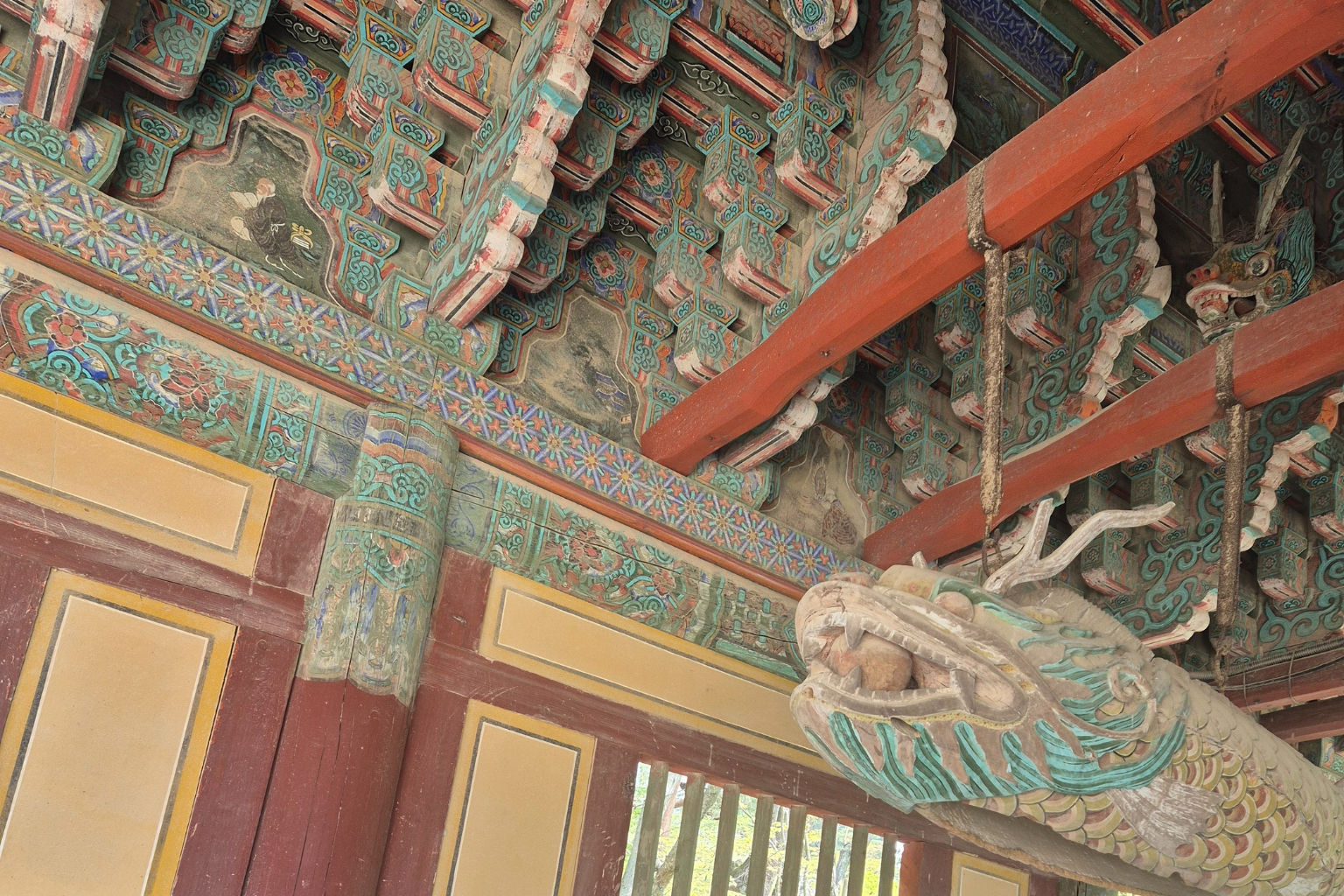
Bulguksa stands in striking contrast to Thai temples. There’s an elegant restraint here—muted earth tones, symmetrical wooden structures, and an aura of quiet contemplation. Most notably, photography of the main Buddha statues inside is strictly prohibited, lending even more reverence to their presence. It’s a space that asks you to be present, not performative.
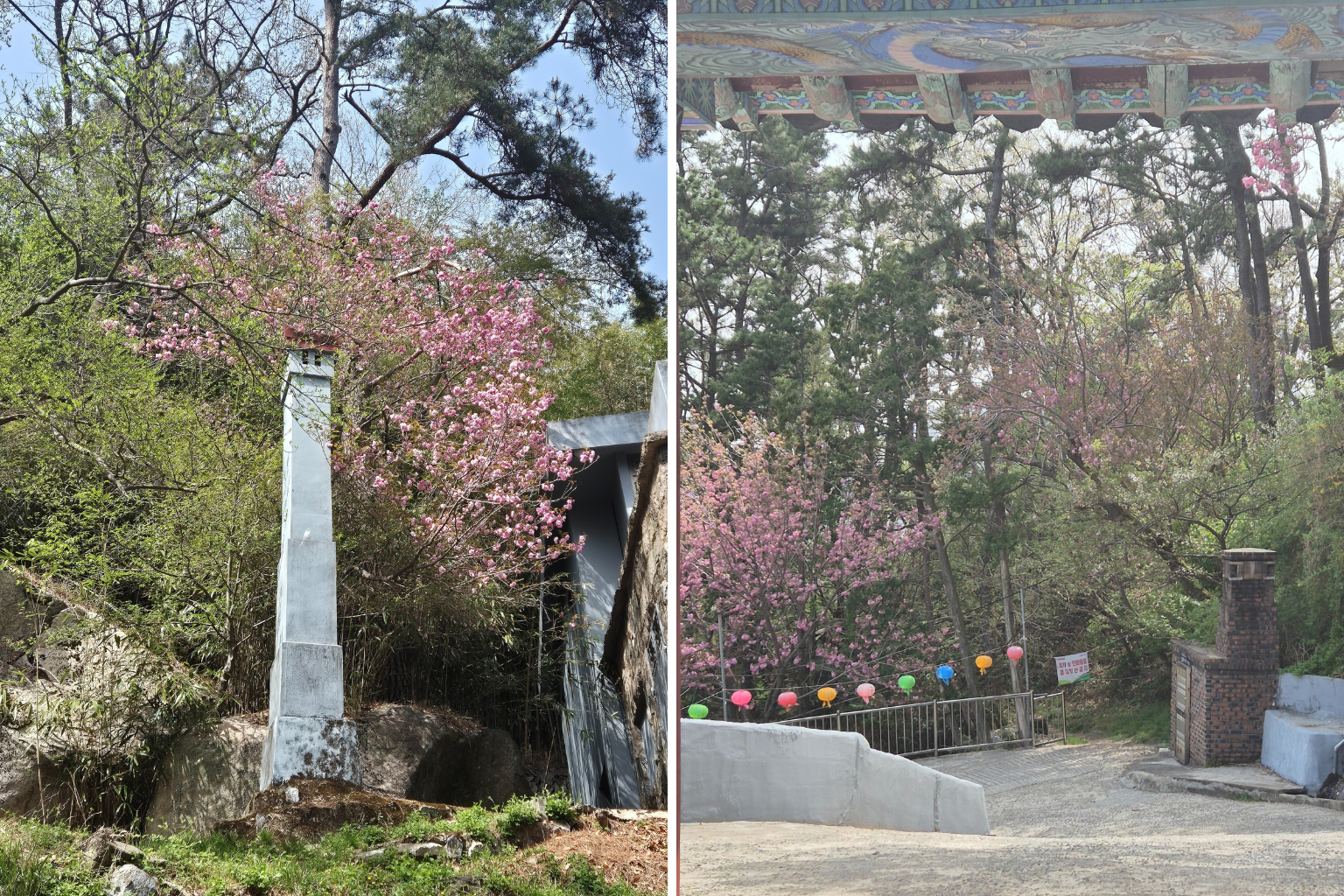
SEOKBULSA TEMPLE, BUSAN
Mountain Steps, Carved Gods, and Coke Under Cherry Blossoms
When people think of Busan, they picture beaches, neon signs, and seafood feasts. But for this year’s Songkran (Thai New Year), I was craving something more grounded—literally. So I skipped the crowds and embarked on a spiritual mini-hike to Seokbulsa Temple, hidden in the cliffs above the city.
Located on Geumjeong Mountain, Seokbulsa (meaning “Stone Buddha Temple”) is a lesser-known gem, famous for its towering rock carvings of Buddhist deities etched directly into the mountainside. The temple, which dates back to the 1930s, is dedicated to Bodhisattvas and guardian deities, including Gwanseeum-bosal (Avalokitesvara), the Goddess of Mercy. These massive reliefs watch over the mountains and city below, weathered yet divine.
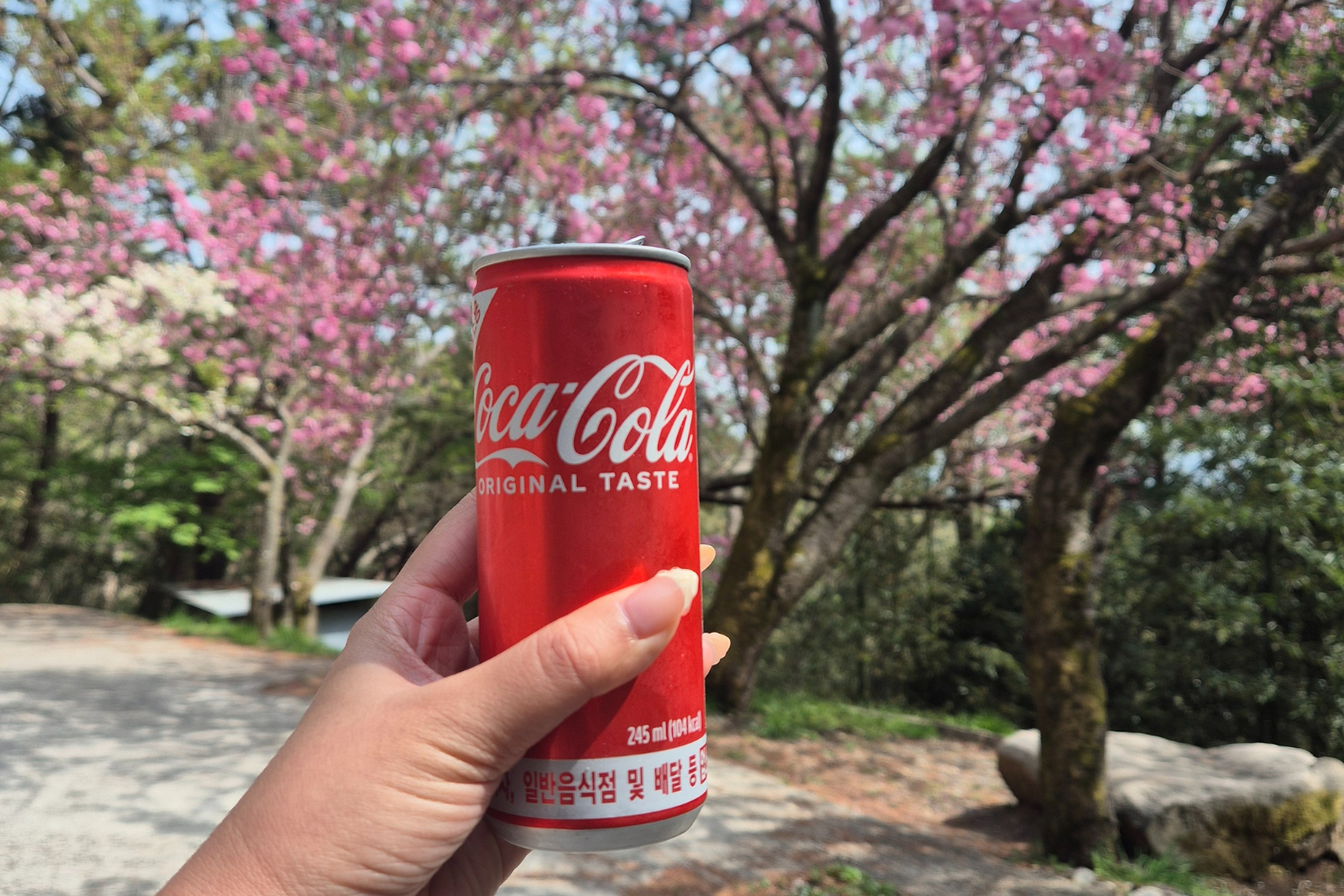
Now, I could have taken the cable car—but where’s the fun in that? I chose the long hike, a trail that winds through forest paths and past rows of spring onions (a charming reminder of why Korean kimchi always tastes so good). The climb is no joke, and there were moments I was grateful there were no tourists around to see me struggle. The real moment of bliss came just before the summit—a cold Coke cracked open under a cherry blossom tree still in full bloom. Magic.
Unlike Bulguksa, Seokbulsa has no wishing cards, and not a souvenir in view. It feels more like a sanctuary for reflection than ritual. And the view? Absolutely worth the sweat. Busan laid out like a living scroll beneath your feet.
FINAL THOUGHTS
Two temples. Two cities. Two completely different energies.
Bulguksa is a polished national treasure steeped in centuries of history, perfect for those who love their spiritual adventures wrapped in UNESCO prestige and ritual charm. Seokbulsa, on the other hand, is a hidden mountaintop marvel for wanderers seeking solitude and a bit of leg-day penance.
If you're chasing both blossoms and blessings in South Korea, let these sacred sites remind you that every step whether on stone stairways or spiritual journeys is a step toward something beautiful.
And hey, if I do win the lottery, I’ll let you know.

